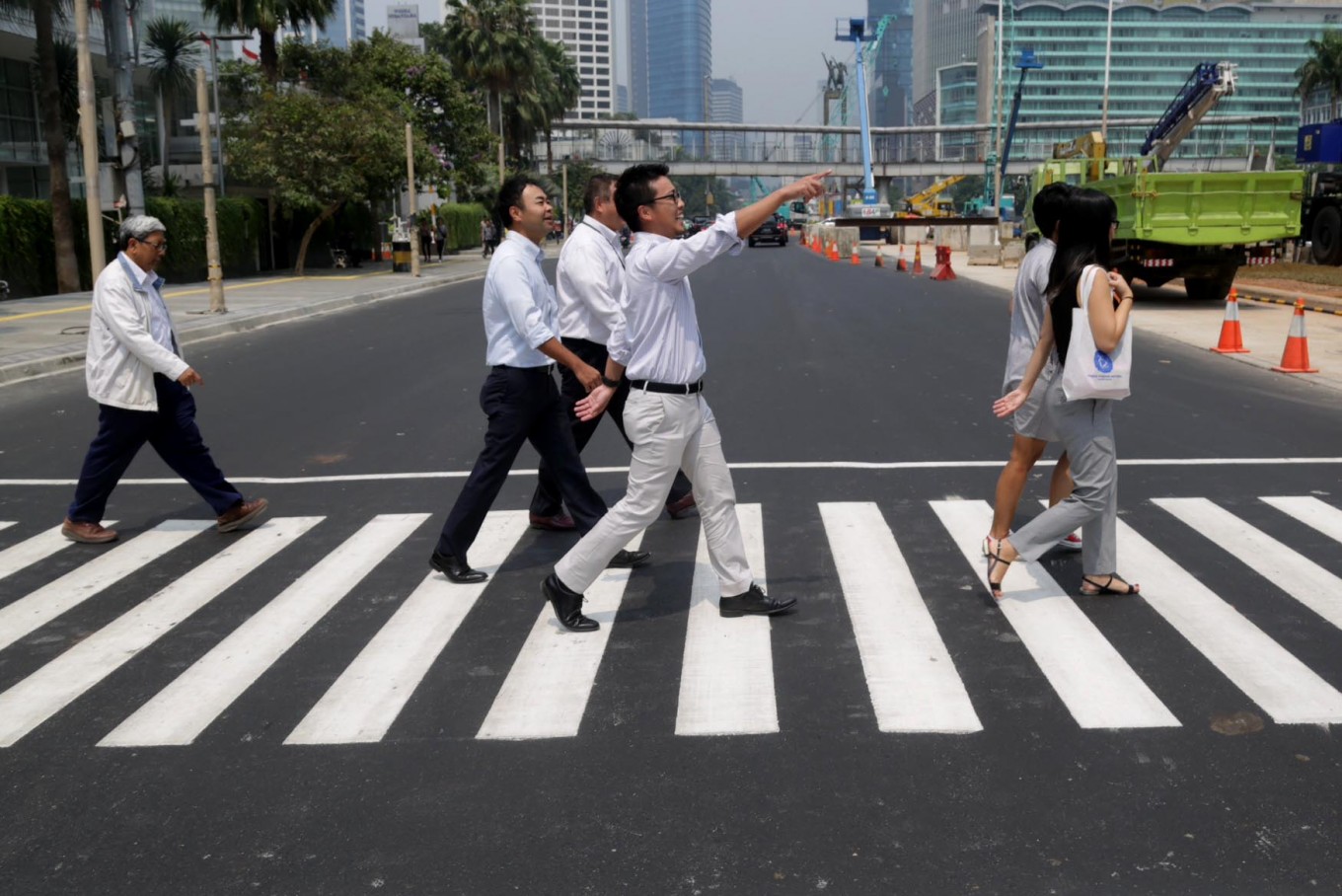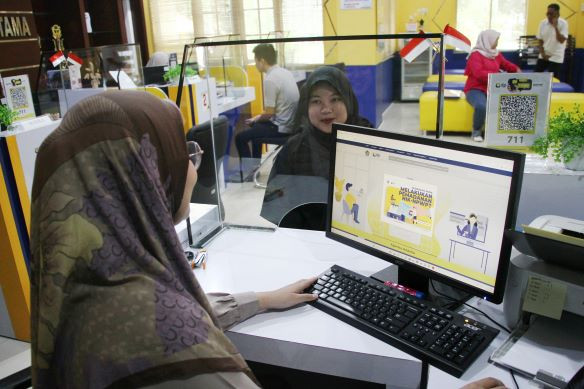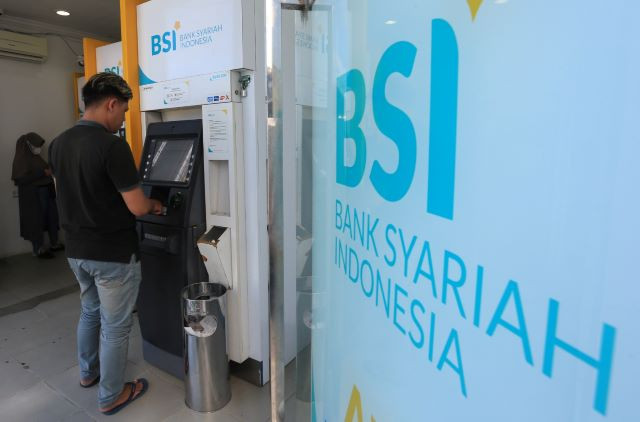Commentary: Down with bridges, let's reclaim our streets
I ask you, fellow pedestrians, to dream big by imagining a city where we can be on the ground level when we cross the street, where car drivers do not honk and motorcyclists do not try to run us over.
Change Size
 The Jakarta administration has dismantled a pedestrian bridge at the Hotel Indonesia (HI) traffic circle and replaced it with a pelican crossing. (JP/Wendra Ajistyatama)
The Jakarta administration has dismantled a pedestrian bridge at the Hotel Indonesia (HI) traffic circle and replaced it with a pelican crossing. (JP/Wendra Ajistyatama)
“Whose streets? Our streets!”—50,000 protesters in the Battle of Seattle
Dear fellow pedestrians, let us reclaim Jakarta’s streets to make them more comfortable not just for us, but all residents. A good number of cities around the world have shown that car-centric policies make cities unlivable.
I’m not suggesting that we start a fight against car owners; I am a car owner too, and honestly I love its air conditioning on a hot day. However, I ask you, fellow pedestrians, to dream big by imagining a city where we can be on the ground level when we cross the street, where car drivers do not honk and motorcyclists do not try to run us over.
The Jakarta administration has dismantled a pedestrian bridge at the Hotel Indonesia (HI) traffic circle. Many, including fellow pedestrians, have lambasted the move, saying it robs pedestrians of a safe way to cross.
But some, including the Pedestrian Coalition and the Institute of Transportation and Development Policy (ITDP), have backed the decision and demanded the administration dismantle more bridges and make the pelican crossing that has replaced the bridge permanent.
Jakarta Governor Anies Baswedan seems to have had “beautification” in mind, not pedestrian welfare, when he instructed that the bridge be dismantled. He said the bridge blocked the view of the city’s iconic Welcome
Monument.
Nevertheless, it is a policy that should be supported and the governor should dismantle more bridges. Alfred Sitorus of the coalition said his organization had identified some 30 pedestrian bridges across Jakarta that should be dismantled for several reasons, including their age, lack of accessibility and a third reason: why not? “If the street is not too wide, why use a bridge?” Alfred asked.
The ITDP has also urged the administration to dismantle more bridges. Its study has found that most bridges along Jl. MH Thamrin and Jl. Sudirman should be dismantled. It argues in a statement that fewer pedestrian bridges will make the city more inclusive because street-level crossing is more accessible for the disabled, the elderly, pregnant women, parents with small children and the children themselves.
The institution, which derives its spirit from former Bogota mayor Enrique Penalosa, says tunnels are the same as bridges. “Bridges and tunnels force vulnerable groups [the elderly, children, mothers with children and the disabled] to climb up and down or hike steep inclines, only allowing freedom for cars and motorcycles,” it stated, following the decision to dismantle the HI traffic circle bridge.
For Penalosa, streets are supposed to serve pedestrians first and private motorized vehicles last. In between are bicycles and public transportation. But in Jakarta, the car culture is so entrenched that even long-abused pedestrians demand bridges for their safety.
This is not without reason.
Pedestrians in Jakarta are pariahs who have been trained for years to give priority to cars. I was one of them. About 15 years ago, in Singapore, I was walking and I stopped when I saw a car on my right about to leave a building. That’s what we do in Jakarta; we stop to make way for cars. But the car driver in Singapore stopped too, to allow me to walk first. When I didn’t walk he impatiently waved his hand to tell me to be quick. I remember thinking to myself, of course, I had been abused so long that I didn’t realize I had the right to go first.
Well, not anymore.
I no longer think bridges are built for pedestrian safety. Some bridges in Jakarta are scary even in broad daylight. In November 2015, a woman was raped on a pedestrian bridge above Jl. TB Simatupang in South Jakarta during the daytime. No one heard or saw the crime. It was so high up from the ground that no one would have heard her even if she had screamed from the top of her lungs.
I remember being scared as I was about to climb a pedestrian bridge on Jl. HR Rasuna Said in South Jakarta during daylight. Plants had taken root on the steps up the bridge, a sign of disuse. So I walked north until I found another bridge, crossed the street and walked south again.
A bridge near the Jakarta Police headquarters is not that scary. But it is so high that many people opt to cross the street, braving traffic that does not expect pedestrians.
There are of course some circumstances that require a pedestrian bridge and tunnels, especially in a city that has long embraced the car culture. The MRT, for example, will require pedestrian tunnels. However, whenever possible, why build a bridge when we can cross at street level?
Reasons like “it causes traffic jams” or “it disrupts vehicle flow” should not be in the vocabulary of policymakers in a livable city. Car drivers and motorcyclists have to learn to be patient when a pedestrian steps onto a pelican crossing. And pedestrians have to be taught to wait until the green light for pedestrians is on.
Putting pedestrians first is the way forward to an inclusive and democratic city. Not to mention being more environmentally friendly and healthy for residents. So let us dismantle the bridges and build a livable city.










